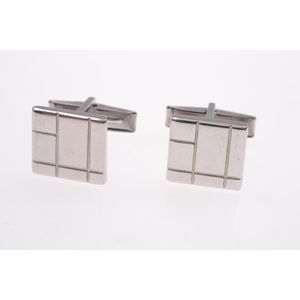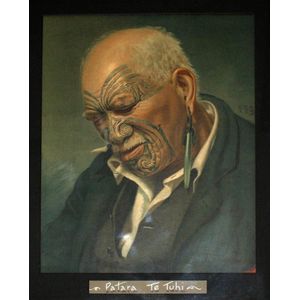Royal Derby Two-Handled Vase by Albert Gregory
A Royal Crown Derby by Albert Gregory, the two handled lidded vase on lions paw feet, gilt highlights and lion mask ring handles. Cobalt blue ground with a central panel of flowers, signed a. Gregory. Printed factory marks on both vase and lid. Height 25 cm. Provenance: from the collection of Sir George and Lady Proud. Condition: very good with no visible signs of repair or damage.
You must be a subscriber, and be logged in to view price and dealer details.
Subscribe Now to view actual auction price for this item
When you subscribe, you have the option of setting the currency in which to display prices to $Au, $US, $NZ or Stg.
This item has been sold, and the description, image and price are for reference purposes only.
- Lion's Paw - The decorative lion's paw has been used in furniture, silver, and ceramics for centuries. It is a stylized representation of the paw of a lion, often depicted in a highly realistic or stylized form.
In furniture design, lion's paws were popular in the neoclassical and Empire styles of the late 18th and early 19th centuries. They were often used as feet on tables, chairs, and other pieces of furniture. The lion's paw was a popular motif for furniture makers because it added a sense of grandeur and regalness to their pieces.
In silverware design, the lion's paw was often used on the feet of tea and coffee pots, as well as on other pieces of silverware such as wine coolers and tureens. The lion's paw was often used in combination with other neoclassical motifs, such as acanthus leaves or grape clusters, to create a sense of grandeur and classical elegance.
In ceramics, lion's paws were commonly used as feet on vases, urns, and other pottery items. The lion's paw was often depicted in relief or as a highly stylized form, and was sometimes used in combination with other decorative elements, such as garlands or swags. - Lion Mask - The lion mask has been used for centuries in various forms of art and design, including furniture, silver, and ceramics, and is usually y depicted as a stylized representation of the face of a lion, often with an open mouth and protruding tongue. and is often used as a handle, knob, or other decorative element.
In furniture design, lion masks were popular in the neoclassical and Empire styles of the late 18th and early 19th centuries. They were often used as decorative elements on the legs or arms of chairs, as well as on cabinet and drawer pulls. It was also used as a handle, knob, or other decorative element.
In silverware design, lion masks were often applied to tea and coffee pots, as well as on candlesticks, snuff boxes, and other small silver items. The lion mask was often used in combination with other neoclassical motifs, such as laurel wreaths or acanthus leaves, to create a sense of grandeur and classical elegance.
In ceramics, lion masks were often depicted in relief, and were sometimes used in combination with other decorative elements, such as garlands or swags.
This item has been included into following indexes:
Visually similar items

A Joseph Rodgers &Sons silver plate serving dish with tusk handle
Sold by
in
for
You can display prices in $Au, $US, $NZ or Stg.

Moorcroft small vase, pomegranates and berries, Sally Tuffin, height 10 cm
Sold by
in
for
You can display prices in $Au, $US, $NZ or Stg.

A pair of cufflinks by YSL in sterling silver
Sold by
in
for
You can display prices in $Au, $US, $NZ or Stg.

Charles Frederick Goldie. A Hot Day ? Patara Te Tuhi Chromolithograph, 1823 ? 1910. Supplement to the 'New Zealand Illustrated', the Christmas number of the Weekly Press, 1904
Sold by
in
for
You can display prices in $Au, $US, $NZ or Stg.
